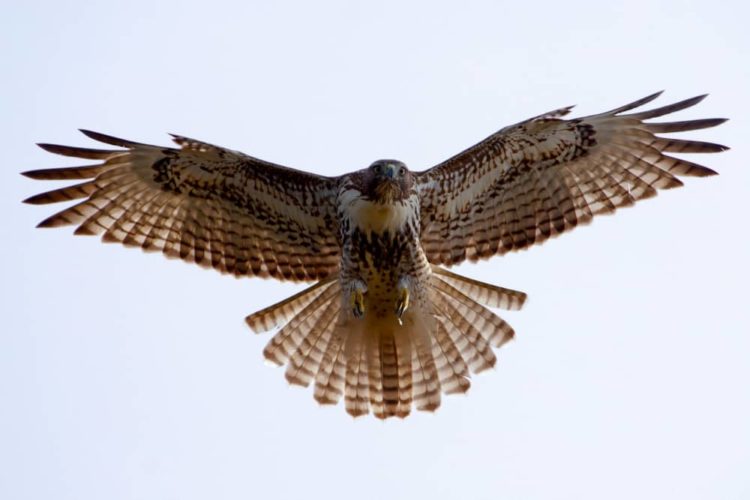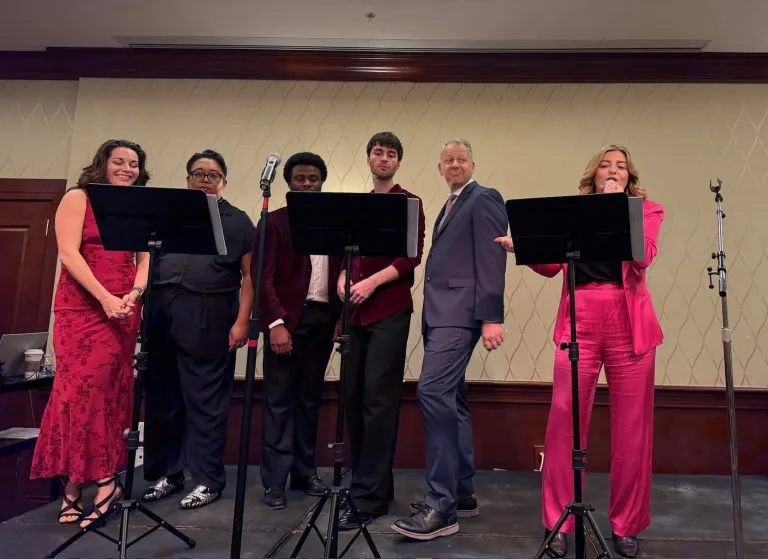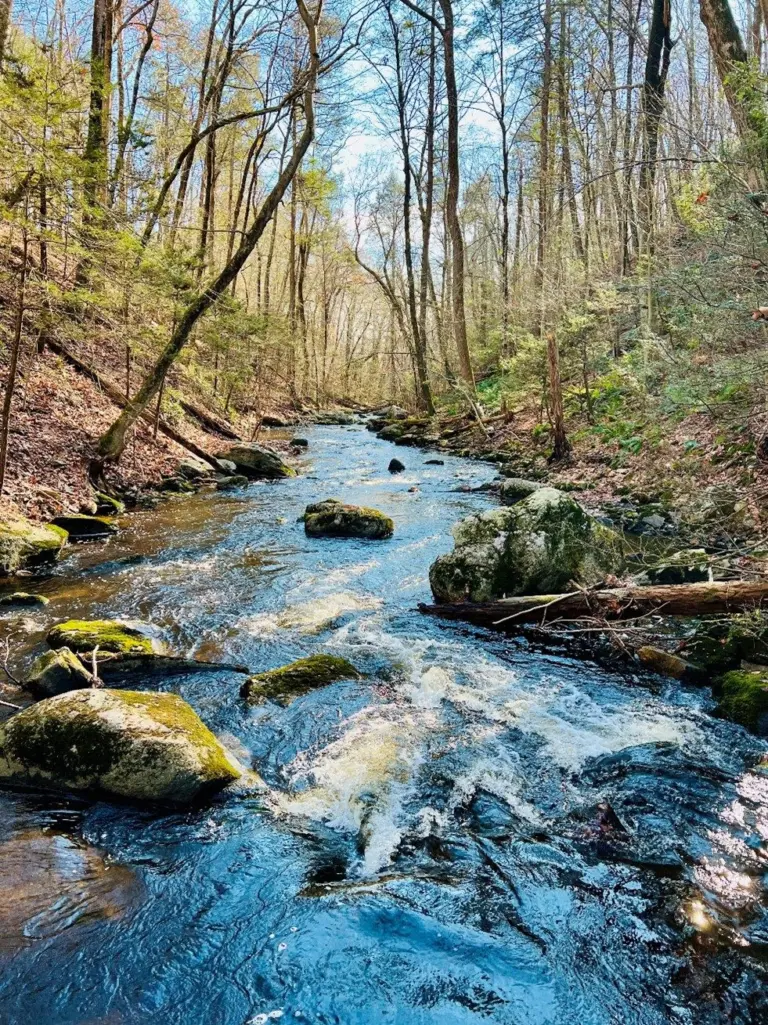
By Josey Gardner
Nestled between the Long Island Sound and the outskirts of the Appalachian mountains lies one of the best spots for hawk watching in the state of Connecticut: Quaker Ridge. Its location provides the types of winds migrating birds rely on for a smooth journey–warm winds and drafts that push air upwards. The Greenwich Audubon Center resides on this ridge, and provides hundreds of acres of protected habitat for migrating birds to use on their long journeys. During the peak of the fall migration, raptors can fill the sky above the center by the thousands.
Every autumn, volunteers gather at the Greenwich Audubon Center with binoculars in hand to participate in their largest community science project of the year: counting the migrating hawks. These volunteers come from varied backgrounds and ages–from retirees to teenagers, from life-long birders to brand new birders. The Greenwich Audubon Center welcomes everyone to see the hawk migration, whether you’re counting hawks or not, and even hosts the annual Hawk Watch Weekend, an event with games, exhibits, demonstrations, and more. The migration lasts from September to November, and the hawks are counted every day. Every dip and rise in numbers recorded over the years tells the story of birds of prey in the United States.
Throughout United States history, the cultural opinion of raptors has been one of both hostility and admiration–their image was a symbol of strength to early colonists, but they were also considered vermin in everyday life among 19th century pioneer farmers, fishers, and even some naturalists. A combination of hunting and the rise of DDT led to the near extinction of several raptor species, such as Bald Eagles and Peregrine Falcons. Less than 500 nesting pairs of both species combined were left in the contiguous US by the mid-1970s.
Just as DDT that targeted insects and other animals also affected raptors, these birds serve as a warning sign that other areas of an ecosystem are severely unhealthy–unhealthy enough to have widespread effects. Declining raptor populations signal catastrophe; healthy raptor populations signal healthy ecosystems. Thankfully, several conservation efforts have resulted in the rise of raptor populations. Peregrine Falcon populations have largely recovered since the ban of DDT, Bald Eagle populations have risen enough for their removal from the Endangered Species List, and Red-tailed Hawk populations are considered stable. Is this a sign that our relationship with raptors has changed?
If we have changed, it seems we have not changed enough–new human technologies, development, and climate change threaten raptor populations yet again by destroying their habitats, nests, and sources of food. Birds of prey that try adapting to cities don’t fare much better, as it’s becoming more common for migrating raptors to die from window strikes and other collisions. The common use of rodenticides doesn’t just kill rodents alone–birds of prey are poisoned as they ingest the poisoned rats. American Kestrels are steadily disappearing, Sharp-shinned Hawk sightings have decreased by nearly 50 percent, and several other raptor species are in decline once more.
The battle for raptor conservation is a fight that continues today. Audubon Connecticut has thrown their support behind Connecticut House Bill No. 5004, a bill that seeks to address one of the largest threats to birds everywhere: climate change. It includes plans for natural climate solutions (NCS) for carbon sequestration, greenhouse gas emissions reduction in the state, and other conservation and sustainability measures. This bill is still in consideration. Although Connecticut House Bill No. 5217, which was a ban on rodenticides, did not move forward during the 2024 legislative session, its advocates continue to fight for an aggressive regulation of rodenticides. The Greenwich Audubon Center recently celebrated a win for bird conservation as the town instituted new outdoor lighting regulations that demand low lighting at night, which is when most migrating birds are most active.
However, every problem solved seems to lead to a new problem: we solved decimation by hunting, but introduced DDT; we banned DDT, but introduced rodenticides and other man-made catastrophes. How can we change our cultural attitude surrounding other species, so that as technology changes, our protection evolves with it instead of reacting to it, always several steps behind? The Greenwich Audubon Center knows that this type of lasting protection requires more than regulations and a few passionate individuals–it also requires a dedicated community.
So, every year, the Greenwich Audubon Center invites the community to count the hawks, and to make the conservation movement a community tradition. They do this not only through volunteer hawk watchers, but through hosting Hawk Watch Weekend–a celebration of hawk migrations. This year, Hawk Watch Weekend is on October 5th and 6th. This celebration is multi-faceted, providing family friendly activities such as face painting and migration games, as well as science activities and education about birds of prey such as hawk ID workshops, owl pellet dissections, and more. Through both celebration and volunteer data tracking, the entire community gets to take ownership of vital conservation work happening in their own neighborhoods. Communities must learn to appreciate raptors for the niche they fill in the natural world–they aren’t just symbols on a dollar bill, and they aren’t only useful for their beautiful feathers and fierce looks. They are a vital part of the ecosystem that we all share.
Josey Gardner is the Sr. Center Assistant at the Greenwich Audubon Center. She is passionate about both conservation and outdoor recreation, and has worked with various nature centers, state parks, and outdoor guiding companies.




